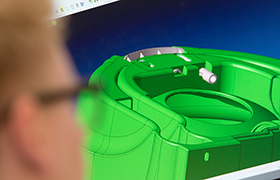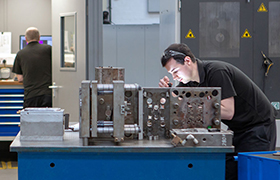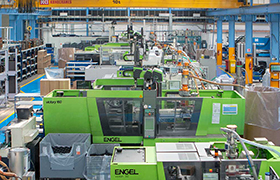ETHYLENE VINYL ACETATE (EVA)
Ethylene Vinyl Acetate (EVA) is a tough, semi-opaque material with relatively low upper working temperatures, e.g. 65˚C.
Further reading: thermoplastic materials – a table of properties and datasheet download.
Please Note: This page is for information purposes only. Rutland Plastics is an Injection Moulder and does not supply polymers.
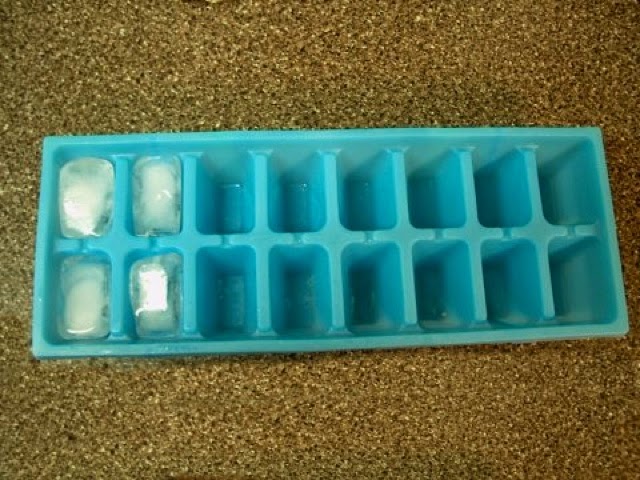
PROPERTIES
EVA is softer, clearer and more permeable than LDPE. The levels of Vinyl Acetate can vary from 4% to 30% dependent upon the properties required – the higher the level the greater the transparency and flexibility. Compared to LDPE, EVA has better stress cracking resistance, is tougher and will accept fillers more readily. Some grades can retain their flexibility at temperatures as low as -70˚C.
COLOURING
The natural colour of the material ranges from colourless to off-white so a wide colour range is possible. Universal masterbatches may be used but addition levels need to be high. Polymer specific masterbatches are preferred in order to obtain uniform colour dispersion.
Finishing
Mouldings can be welded using hot plate, radio frequency and ultrasonic methods. Can be decorated by hot foiling and silk screening.
CHEMICAL RESISTANCE
| Mineral Acids (dilute) | Excellent |
| Mineral Acids (concentrated) | Good |
| Alkali | Excellent |
| Alcohol | Good |
| Ketone | Poor |
| Aromatic Hydrocarbon | Fair |
| Chlorinated Hydrocarbon | Fair |
| Detergents | Fair |
| Oils, Greases | Good |
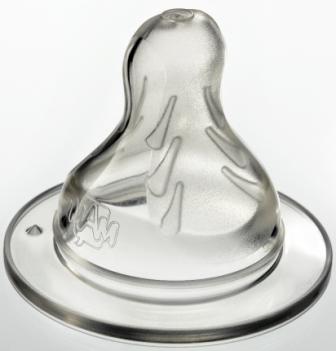
APPLICATIONS
Widely used as a replacement for rubber and plasticised PVC. Applications include food packaging and surgical products, traffic signal hoods, ice cube trays, bicycle saddles, barrel bungs, railway sleeper pads, baby bottle teats and refrigerator door gaskets.


